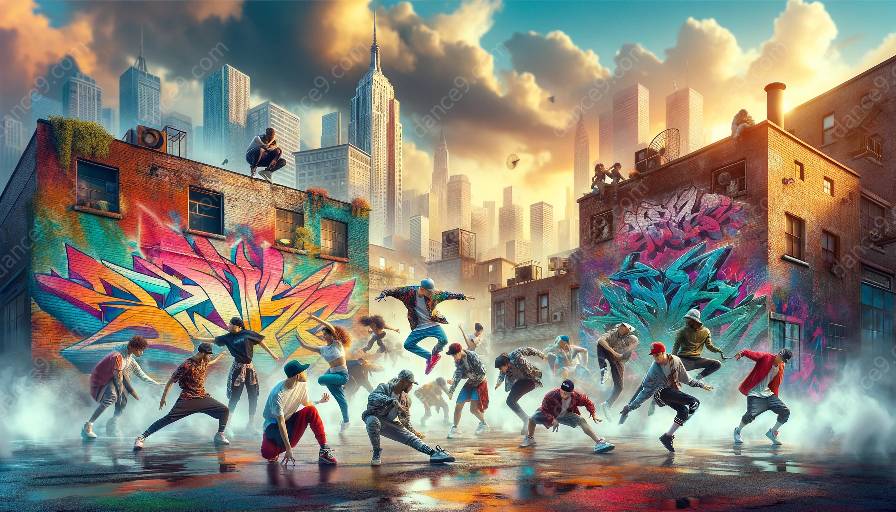Choreography is a fundamental aspect of dance that involves the design and arrangement of movements and steps to create a dance piece. It plays a crucial role in shaping the artistic expression and storytelling within different dance genres.
How does choreographing for street dance differ from other dance styles?
Choreographing for street dance holds its own distinct characteristics and creative process compared to other dance styles. The street dance community emphasizes individuality, creativity, and authenticity, which significantly impact the choreographic approach and execution.
The Creative Process in Street Dance Choreography
Street dance choreography often originates from personal experiences, community culture, and social influences. Choreographers draw inspiration from various sources such as urban environments, music, and social issues. Unlike formal dance styles, street dance choreography thrives on improvisation and freestyle movements, allowing dancers to express themselves through organic and spontaneous movements.
Cultural Influence and Authenticity
In street dance choreography, cultural influence plays a pivotal role in shaping the movement vocabulary and storytelling. Street dance styles like hip-hop, breaking, and locking are deeply rooted in cultural identities and histories, reflecting the experiences of marginalized communities. Choreographers integrate these cultural elements into their work, aiming to preserve the authenticity of street dance while addressing social and political narratives.
Performance Dynamics
Street dance choreography emphasizes a raw and unfiltered energy in performance. Dancers are encouraged to showcase their individual style and personality, making each performance unique and captivating. The dynamics of street dance choreography often involve intricate footwork, fluid body movements, and powerful gestures, creating an engaging visual spectacle for the audience.
The Role of Music in Street Dance Choreography
Music is an essential component in street dance choreography. Choreographers carefully select tracks that resonate with the theme and mood of their piece. The relationship between music and movement is dynamic, as dancers synchronize their movements with the rhythm and beats, infusing the choreography with an infectious groove and vibe.
Collaborative Nature of Street Dance Choreography
Collaboration is a cornerstone of street dance choreography. Choreographers often work closely with dancers, encouraging them to contribute their unique movements and ideas to the creative process. This collaborative approach fosters a sense of unity and collective creation within the street dance community.
As dance continues to evolve, the art of choreography in street dance showcases the diverse and innovative approaches to movement creation. By embracing individuality, cultural richness, and collaborative spirit, street dance choreography continues to inspire and captivate audiences worldwide.






































